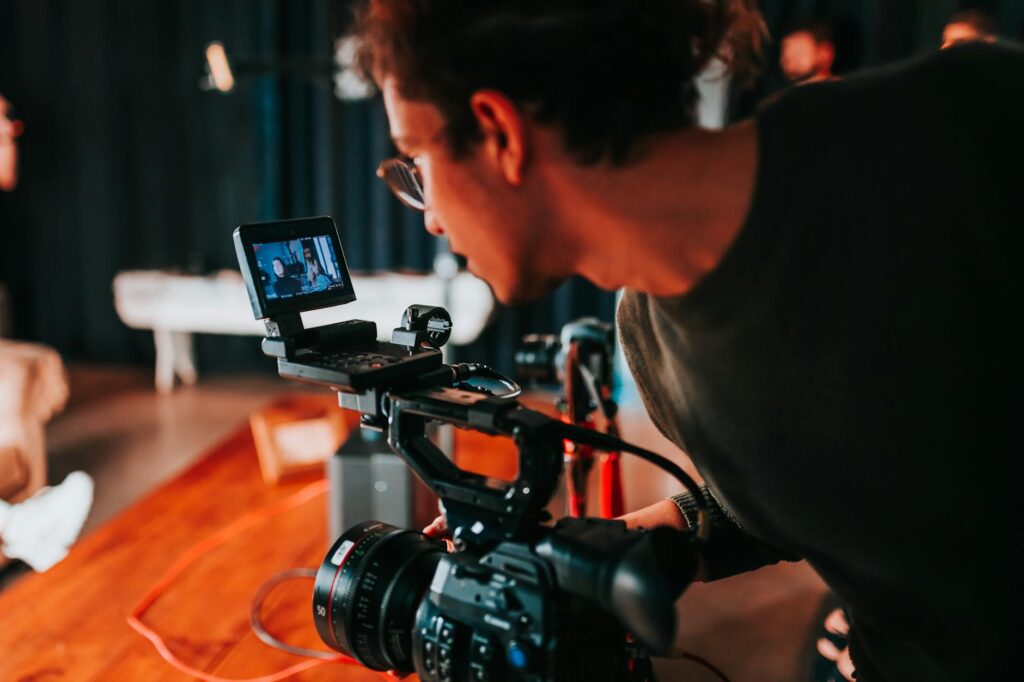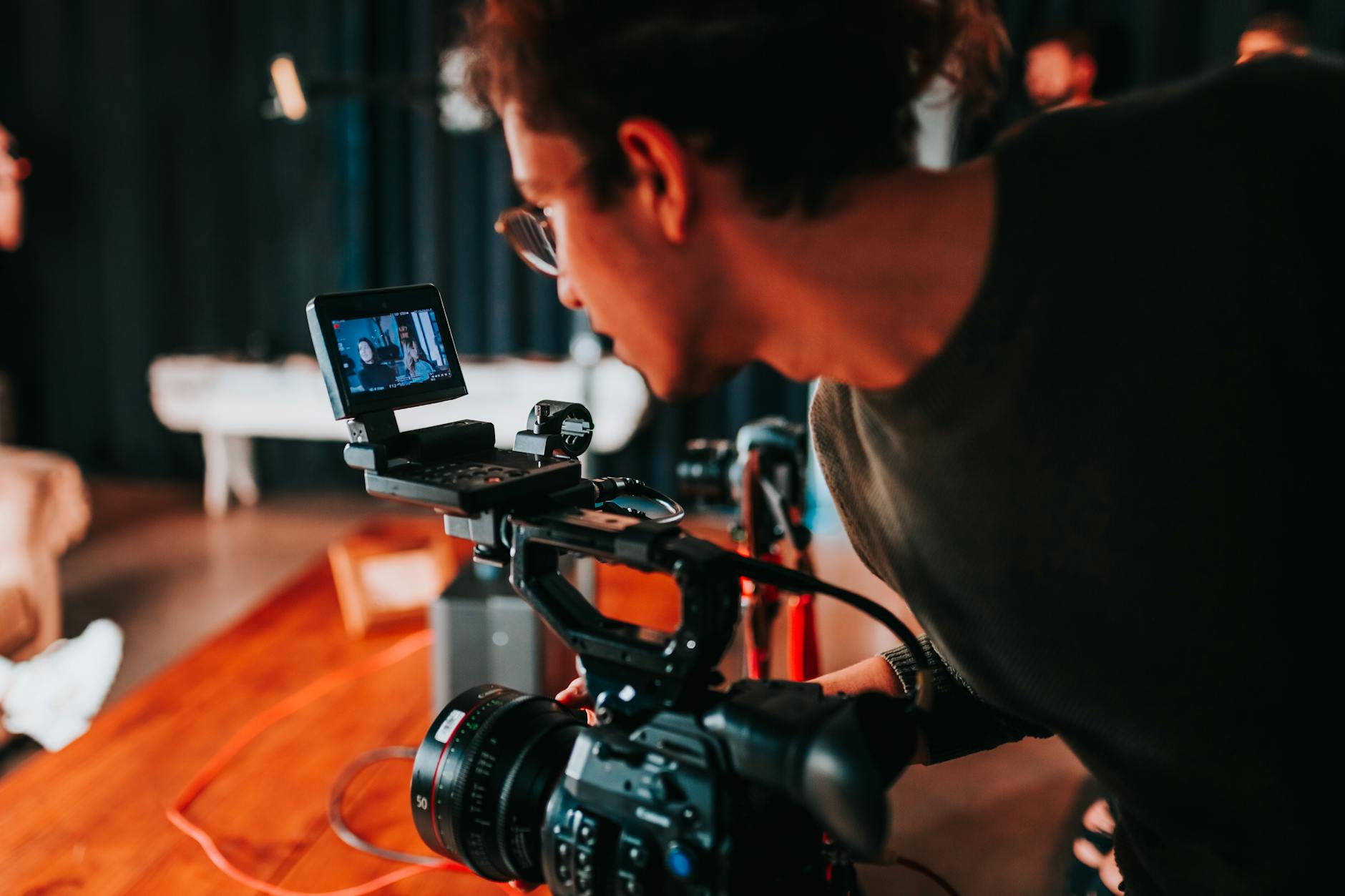What is lecture capture?

What is lecture capture?
Lecture capture is rapidly transforming the landscape of education, providing innovative ways for students and educators to engage with content. Imagine being able to revisit a lecture, pause for thought, or review complex concepts at your own pace. This isn’t just convenience; it enhances learning and boosts productivity in both educational and professional settings. In this article, we’ll explore the ins and outs of lecture capture, its benefits, implementation strategies, and potential challenges.
Understanding Lecture Capture
What is Lecture Capture?
At its core, lecture capture refers to the technology used to record lectures or presentations for later viewing. This system allows educators to create a digital archive of their lectures, which can include audio, video, slides, and even interactive elements. Essentially, it’s a way to document knowledge that can be accessed anytime, anywhere. According to Panopto, lecture capture systems are designed to facilitate this process, making content more accessible to learners.
How Lecture Capture Works
The mechanics behind lecture capture involve recording audio and video during a live presentation. Specialized software and hardware, such as cameras, microphones, and screen capture tools, work together to create a cohesive learning experience. When the lecture is complete, the recording is processed and stored in a digital format, ready for students to access via a learning management system (LMS) or a dedicated platform. This seamless process allows educators to focus on teaching while technology takes care of recording and sharing the content.

Photo by Matheus Bertelli
Benefits of Lecture Capture
Enhanced Learning Experience
One of the most significant advantages of lecture capture is that it fosters a better learning experience. Students can revisit recorded lectures to reinforce their understanding of concepts, especially those that are complex or difficult to grasp during the first viewing. Research shows that this revisitation can lead to improved retention rates and overall academic performance. For instance, a study published in PMC found that students who utilized recorded lectures exhibited better learning behaviors.
Flexibility and Accessibility
Lecture capture allows students to learn at their own pace and on their own schedule. This flexibility is especially beneficial for those balancing work, studies, or family commitments. By providing access to recorded lectures, institutions can accommodate diverse learning styles and needs, ensuring that education is inclusive. Moreover, it allows students in remote locations or those with disabilities to access high-quality content that they might otherwise miss out on.
Implementing Lecture Capture in Education
Choosing the Right Technology
When it comes to adopting lecture capture, selecting the right technology is crucial. Institutions should consider factors like ease of use, compatibility with existing systems, and the specific needs of their educators and students. There are numerous options available, from dedicated hardware to software solutions that integrate with current LMS platforms. Platforms like Kaltura offer a range of features that can enhance the lecture capture experience, making it essential for institutions to evaluate their options carefully.
Integrating with Learning Management Systems
To maximize the benefits of lecture capture, integration with existing learning management systems is key. This integration ensures that recorded lectures are easily accessible to students alongside their other course materials. Educators can upload and organize their recordings, making it simple for learners to find and view content as needed. This seamless blend of resources not only enhances the learning experience but also simplifies the workflow for educators.
Challenges and Considerations
Technical Issues
Despite its numerous advantages, lecture capture is not without challenges. Technical issues can arise, from software glitches to hardware malfunctions. Institutions need to provide adequate training and technical support to ensure that educators feel confident using the technology. Regular maintenance and updates are also essential to minimize disruptions that could hinder the lecture capture process.
Maintaining Student Engagement
Another concern is the potential for reduced student engagement. While recorded lectures offer convenience, some students may be less inclined to attend live sessions, relying solely on recordings. Educators must find ways to maintain interest in their presentations, whether through interactive content, encouraging questions, or incorporating active learning strategies. Balancing the use of recorded lectures with live interactions can help foster a more engaging learning environment.
Conclusion
In conclusion, lecture capture is a powerful tool that enhances learning, productivity, and the overall educational experience. By leveraging technology to record and share lectures, educators can provide students with the flexibility and resources they need to succeed. While challenges exist, a thoughtful implementation strategy can mitigate these issues, ensuring that lecture capture becomes an integral part of modern education. As we continue to embrace digital learning, the potential of lecture capture to enrich education is undeniably significant.